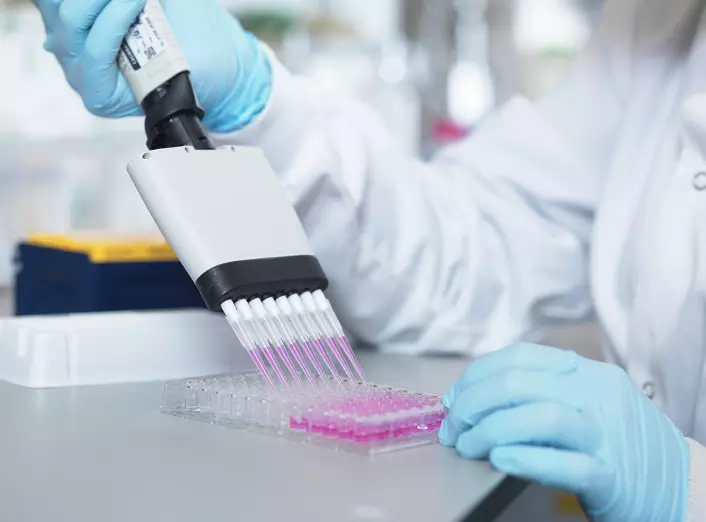Comments
- No comments found

Today, scientific laboratories cannot be fully functional, in most cases, without a multi micro-plate reader, to provide important analysis.
They have been a major tool in the fight against COVID-19, to detect those who were infected with the virus, at the very beginning of the pandemic. They have many more uses in detection of various pathologies and they help us fight back the unknown, when it comes to our health.
The difference between a regular micro-plate reader and a multiple one is that it can detect light photons through various technologies (at least two). There are at least three, which are an absorbance plate reader, a luminescent and a fluorescent one. BMG Labtech also offers multi-mode microplate readers with added detection modes, such as time-resolved fluorescence (TRF), time-resolved FRET (TR-FRET), fluorescence polarization (FP), as well as AlphaScreen/AlphaLISA.
When you are able to have all these capacities on a single machine, you save on costs, from having to buy various instruments, which will basically do the same work, in the end. It is also quite useful in a lab, in order to save some space for other instruments that can be used in research.
The more the technology has grown over the years, the larger the number of fields that use this kind of technology for their research, in order to get results from this detection process. At the beginning, they were mostly used in the world of healthcare, in order to detect health issues or to create new drugs to solve them. Today, we find biological, biochemical and pharmaceutical research labs that use the multi micro-plate reader technology, in the private and public sector. But new fields have been integrated as well, with the food and cosmetic industry joining ranks, as well as environmental research.

Multi micro-plate readers have been used in the detection of cancers for many years now. It uses the cell viability assays, to determine if there is a cell cycle dysregulation or an uncontrolled cell division that can be found in the sample. Its goal is to determine the cause of the cancer and to suggest a particular drug, in order to stop its growth and terminate it – whenever that is possible.
Quality control is of utmost importance, especially in the food industry. If a manufacturer doesn’t look for and/or detects a lack of purity in the content, that could cause health issues to consumers. The repercussions can be catastrophic, as we have seen through various frozen products sold retail, in France, over the last year. It is also important in the pharmaceutical industry, to confirm the composition and quantity inside the drugs that come out of the manufacture. In both cases, contaminants or wrong concentrations of active ingredients can lead to humans getting sick, or worse, they could die from absorption of such products.
Leave your comments
Post comment as a guest